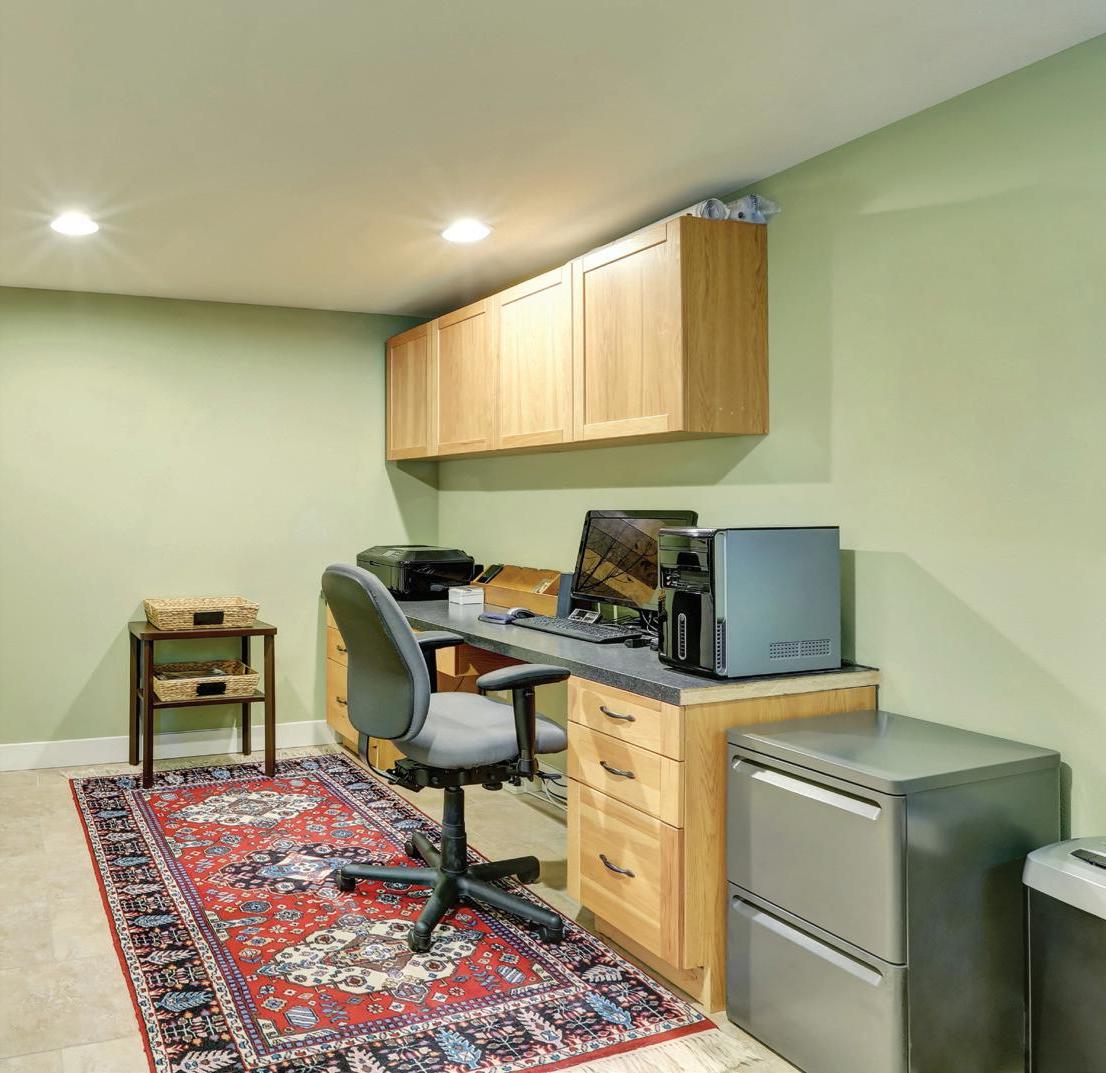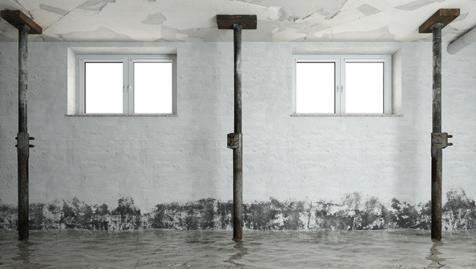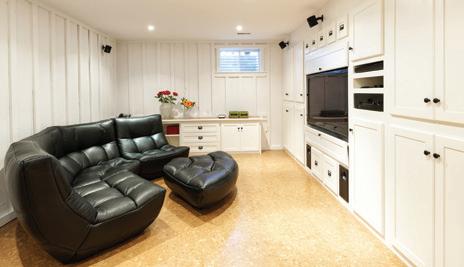
2 minute read
The Lesson of the Forgotten Home Office
Written by David Linn Cook Weatherproofing Plus, Inc
In this basement waterproofing case study, you’ll read about how a large, damp, musty and unused basement was quickly transformed into a new moisture- and mold-controlled quiet home office.
In the late ‘90s, a homeowner (a Senior Sales Executive) built a 6,000-square-foot raised ranch home on 5+ acres. Two days each week, he worked from home, making sales calls by phone. But despite all the amenities his home included, nowhere in that massive house was there a private and quiet room with no distractions.
For five years, he had been making his sales calls in his home’s 2,000-square-foot (!) basement. It was empty except for a small area rug, a folding card table with a desk lamp on it, a desk phone, one very old leather chair and a milk crate for his files. Basic and simple, but that was all he needed for his busy day’s work.
Luckily, this was a simple and relatively quick basement makeover project: The goal was to create a dry and sanitary space where he wouldn’t be distracted by the pool cleaners, the weekly lawn crew, his two Golden Retrievers who loved to run around the house, his college-age sons home for holidays and summers, and neighbors who frequently dropped by for coffee and conversation with his wife.
When he was quietly working in his basement, everyone assumed he was busy somewhere in the house or that he wasn’t home. With no one bothering him, he could get his work done and then spend time with his family.

David Linn Cook 30 Year MN Resident and Weatherization Expert
Fully Licensed & Insured
Problems in the basement included damp walls, a musty smell and a noisy dehumidifier. The solution was twofold. On the outside of the house, surface drains were added, the foundation was regraded, and rain gutters were cleaned and adjusted for proper and easy maintenance. On the inside of the house, the basement walls and floor were washed down into the existing sump pump. Mold treatment and waterproof coatings were then applied to the clean walls. The floor was covered with high-gloss paint. And some new window vents were installed.
After this “makeover,” which took less than two weeks, the basement was still just as empty as before, but it was well lit and ventilated naturally. The musty smell was gone, and a dehumidifier was no longer needed. An interior French drain is often not required to turn a damp, musty unfinished basement into dry space that can be used as a place to exercise, work on some projects, watch a movie or listen to music. Or, as in this case study, to create a simple and quiet home office whose only distraction is perhaps the birds tweeting outside.
Waterproof or Remodel to Get e Basement You’ve Always Wanted.
Doing Both Significantly Increases Your Home’s Value!

Before

After
• Basement Waterproofing
• Waterproofing Coatings
• Foundation & Crack Repair
• Sump Pump Install/Service
• Mold Remediation
• Humidity Control Management










